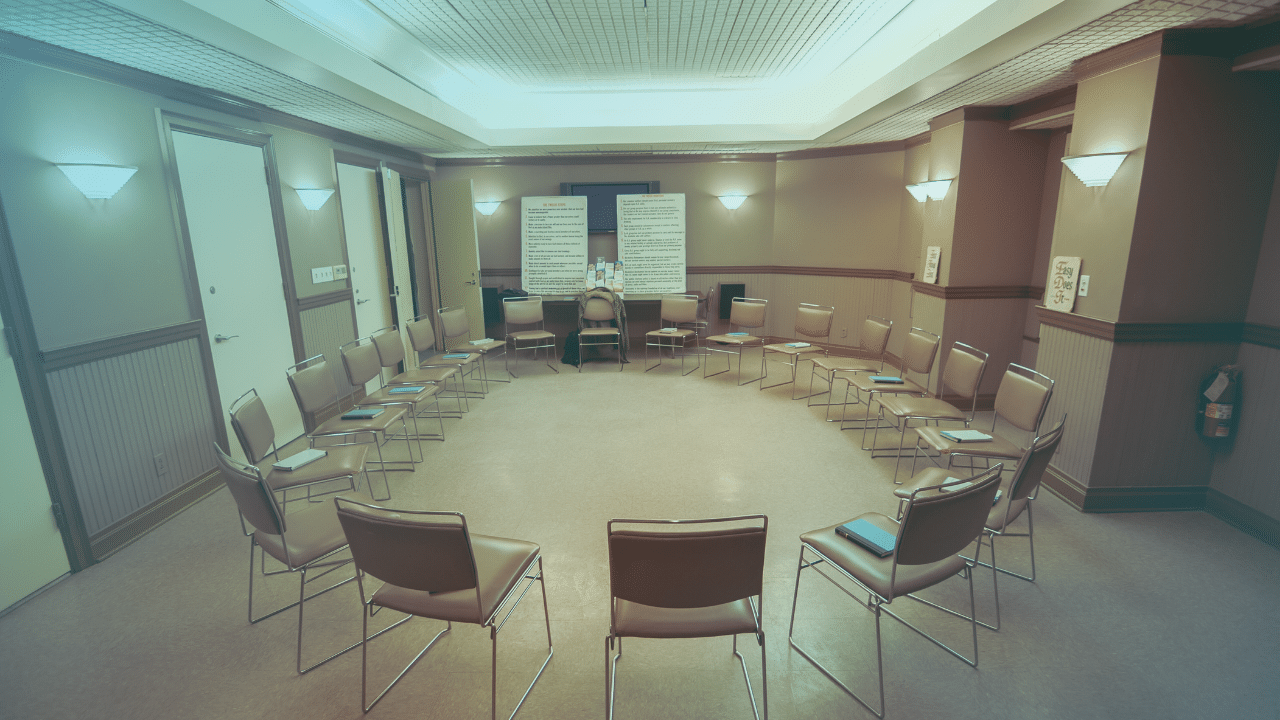
How Distancing Yourself From Your Thoughts Can Improve Your Mental Health
Defusion Techniques: Definition
Defusion techniques, which are often used in Acceptance & Commitment Therapy (ACT), help us learn how to be “less fused” with our thoughts. They were designed to help individuals with GAD (Generalized Anxiety Disorder) and uncontrollable thinking disconnect from their destructive thought patterns.
ACT emphasizes that the best way to separate ourselves from our mind is to identify thoughts as just that — thoughts, instead of truths. Though it’s easier said than done, defusion techniques can grant us peace of mind with enough practice.
How Could Defusion Techniques Help You?
These practices are meant to decrease our attachment to thoughts and beliefs that aren’t serving us well. They can also help us:
- Lessen negative impact of our thoughts on our behavior
- Control and ease anxious thoughts
- Put the control back in our hands
Each exercise has its own unique purpose and can impact each person differently. Therefore, when starting to use diffusion techniques, it’s best to start with a few different exercises to see which ones work best for you.
10 Examples of Defusion Exercises
- Let Go – Identify harmful thoughts & their impact. When the thoughts appear, find meaningful ways to respond.
- “Not Good Enough” – Identify your mind’s “not good enough” self judgements. Pick which one makes you the most uncomfortable and learn to notice it when it comes.
- Worry Time – If you worry around the clock, set aside a few minutes per day to think so you can let it go afterward.
- Observation – Observe negative thoughts, label them, and then let them go.
- Mind With A Capital “M” – think of your Mind as a separate entity to create space between you and your thoughts
- Car Radio – Picture negative thoughts as an annoying car radio that won’t turn off. You have to listen, but you don’t have to pay attention.
- Keychain – Assign each key to a common anxious thought. Think that thought only when you have to use its corresponding key.
- Bully – Think of your thoughts as a bully, and stand up against them
- Thoughts for Sale – When you have a thought, consider whether or not it is a good investment to keep inside your head.
- Name the Story – Describe all your thoughts and feelings in one movie title. This will help separate you from the story.
How Can You Practice Defusion in Your Everyday Life?
The best thing about these techniques is that you can practice them whenever, wherever. You can try a different technique in your head or on paper every day in just a few minutes.
If there’s a thought that gets in our way a lot, these tools should help us identify when that thought happens and relieve the worry by training our minds.
Other Mental Illness Treatments
In addition to defusion techniques and ACT, there are several other types of therapies and treatment that can help relieve anxiety. In fact, defusion techniques work best when combined with another type of treatment.
If you suffer from, or think you may have Generalized Anxiety Disorder or a common illness, contact your doctor or a treatment center for next steps and options. You may be able to start participating in other types of therapy, groups, medication, and other types of treatment for anxiety.
To learn more about defusion techniques or other anxiety treatments, give us a call at 267.719.8528.
Explore this article:
Explore Our Facilities
Drug and alcohol detox and residential treatment for addiction and mental health disorders
Outpatient treatment center for substance use disorder and mental health disorders
Outpatient treatment center for substance use disorder and co-occurring mental health disorders







